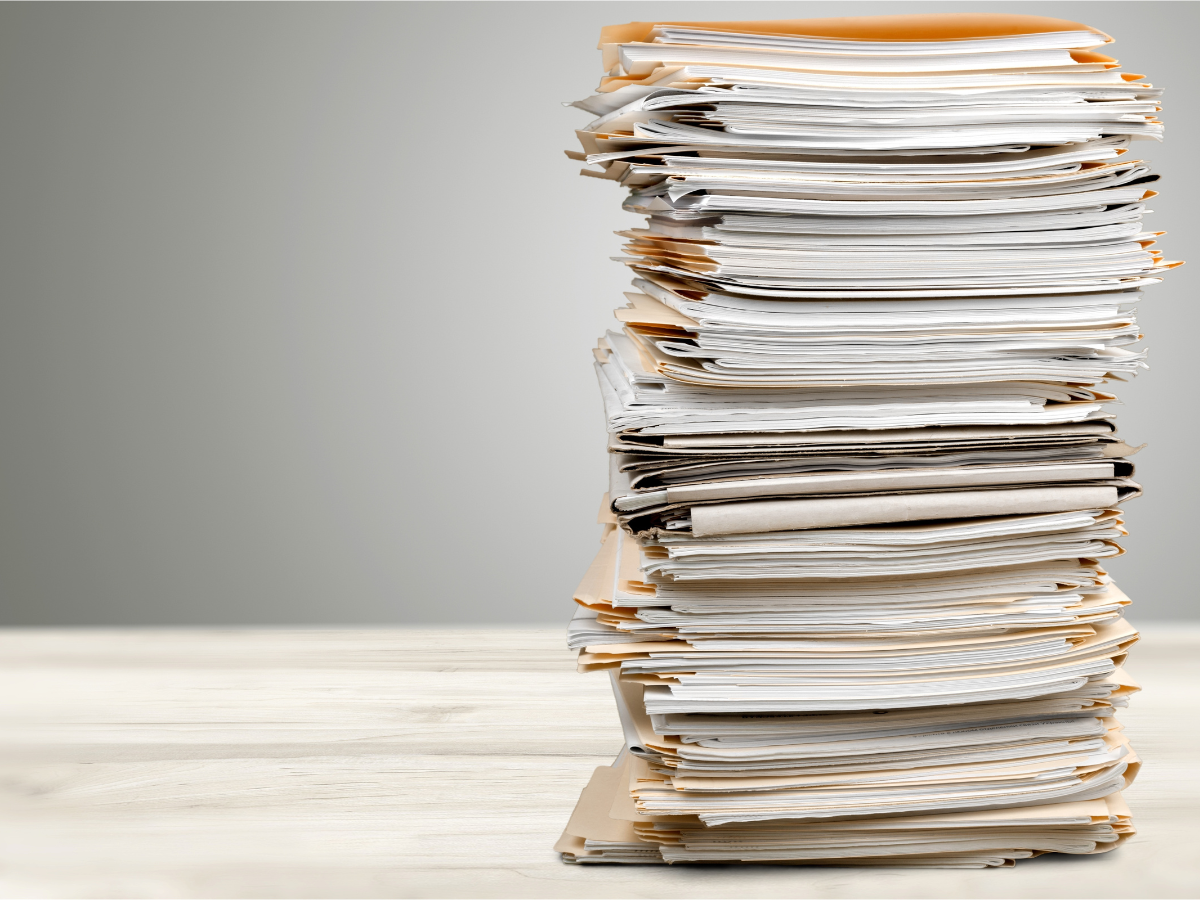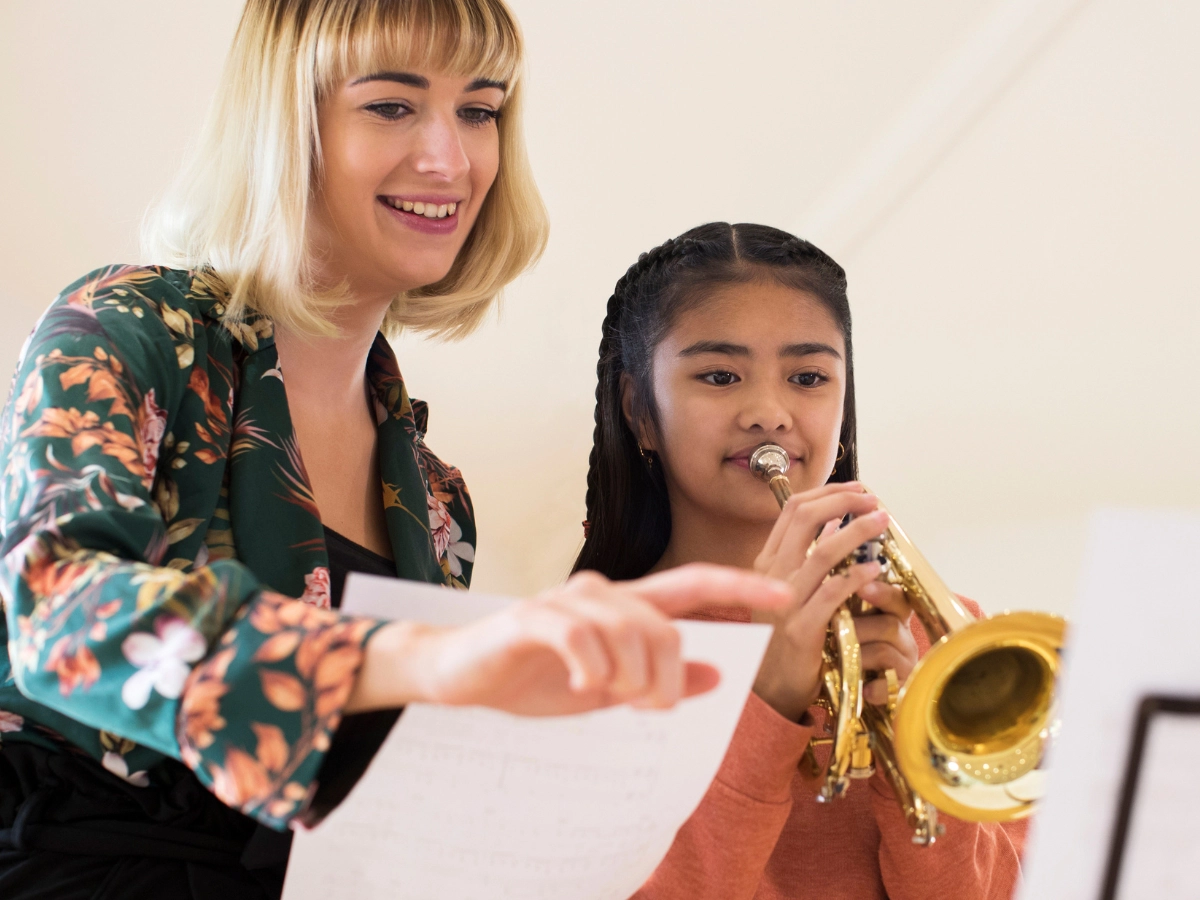Did you know that infants have pretty advanced water survival skills? They are pretty much “programmed” with a couple of helpful natural reflexes that help to protect them from drowning.
There’s the diving reflex. The “official name for this is the bradycardic response” and it is a natural reflex that we humans have in common with many other mammals. It works like this: When babies are submerged in water, the natural survival reflex to hold their breath will take over – as will the reflex to open their eyes – similar to the reflex when you blow into a baby’s face. Of course, there are other less visible reactions that automatically happen in the human body (decreased heart rate, blood conservation in vital organs) that prepare the body to survive underwater until help arrives.
And there’s a swim motion reflex. If placed in water tummy-down, babies will react by waving their arms and kicking their legs in a motion that is very similar to swimming. It is NOT actually swimming but it is a protective reflex that show that babies are born hardwired for understanding the aquatic environment. With help and guidance they can thrive in it.
And this help and guidance comes in the form of swimming lessons. It is very important to have help developing the skills that correlate to the baby’s natural swim reflexes at a very young age. It is very important to remember that swim lessons are only one layer of protection. It is imperative that adults actively supervise children in and around the water.
The aquatic environment is very familiar since it reminds the babies of the liquid environment they were just born from. You could say that they are ripe for teaching as infants and pick up guidance in using their natural reflexes to learn the skills that can save them from drowning in a water emergency.














